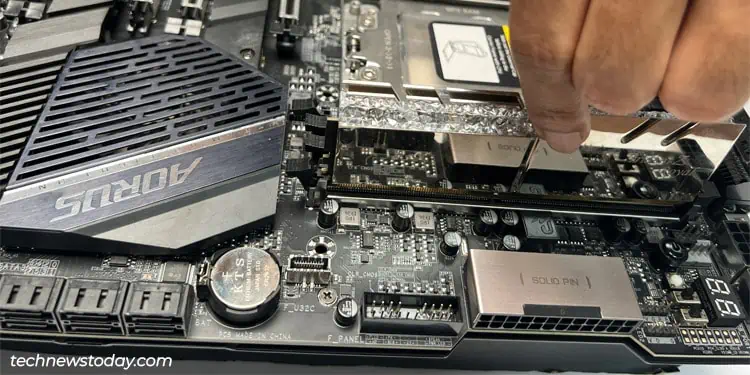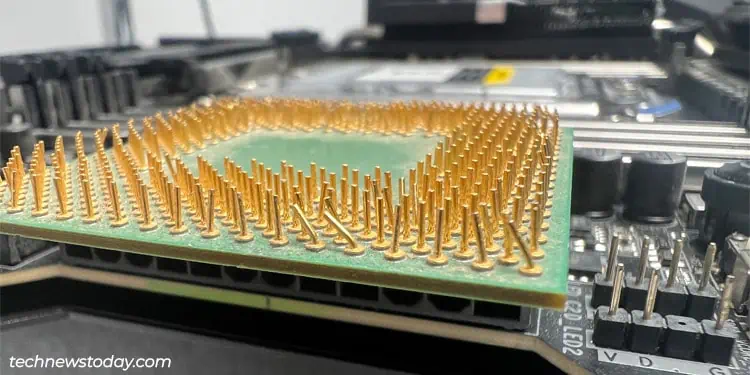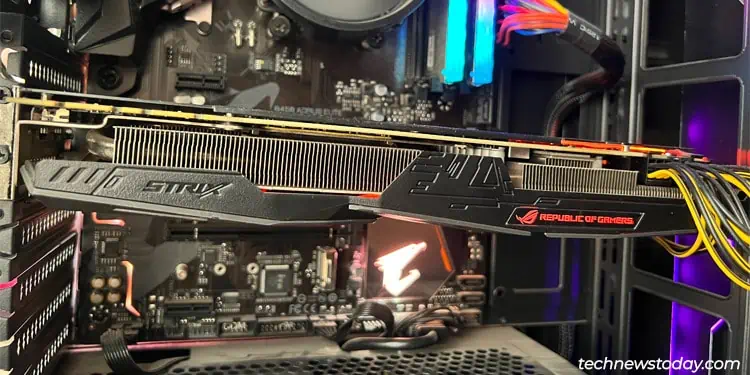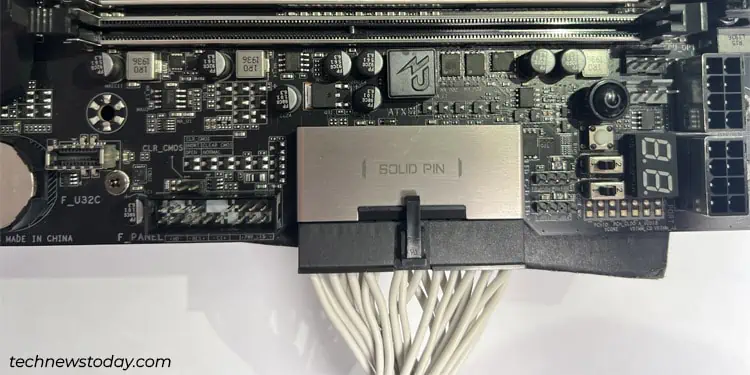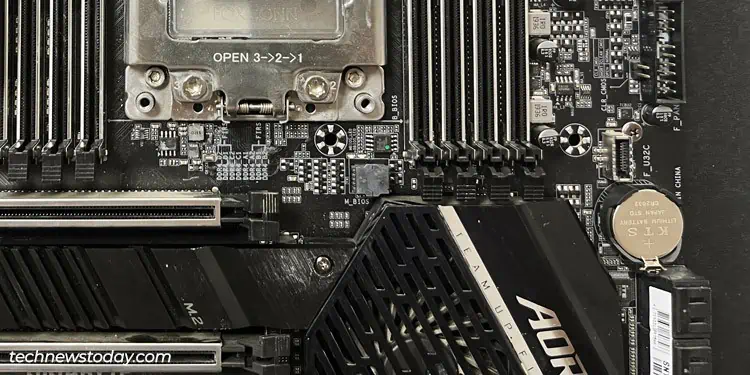If your Gigabyte system fails to POST, it’ll provide diagnostic info in the form of numeric or beep codes. As you typically require discrete POST cards to read numeric codes, audible beep codes tend to be a more accessible way to diagnose problems.
Thebeep codes indicate different problemsdepending on the pattern. For instance, continuous beeping indicates that the RAM modules aren’t detected, while 8 short beeps indicate that your GPU isn’t working properly.
I’ll listall such beep codes that Gigabyte uses, what they mean, and how you may utilize the diagnostic info to fix your actual problem in this article.
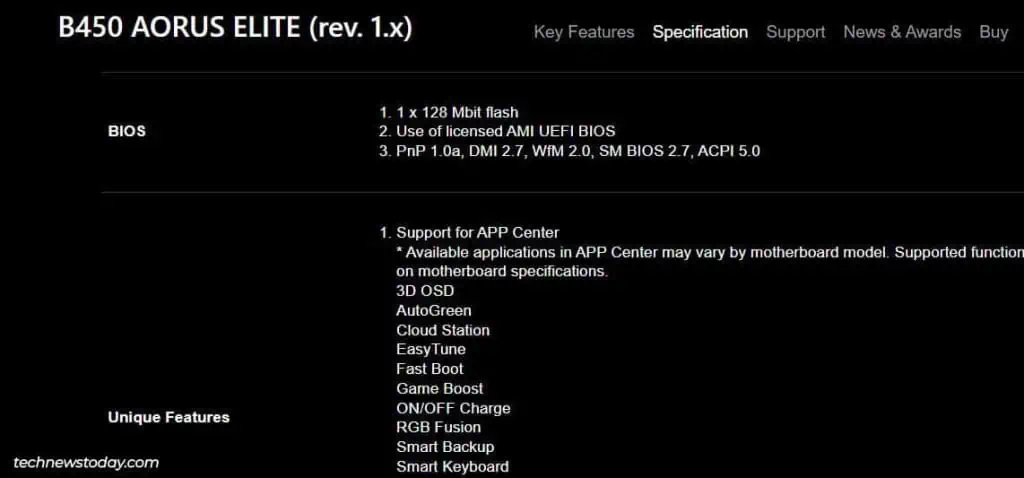
Interpreting Gigabyte Beep Codes
First things first, the board may produce one short beep after passing POST successfully. You may also hear beeps when the system is running, in which case yourCPU is likely overheating.
Barring these exceptions, Gigabyte uses beep codes toindicate POST errors. To interpret these, you must first check whetheryour boarduses anAMIorAWARDBIOS. you may do this from your board’sSpecificationpage on theGigabyte site.
Most modern Gigabyte boards use a customized version of AMI BIOS. Here’s what the beep codes indicate according to the AMI Beep Codes documentation:
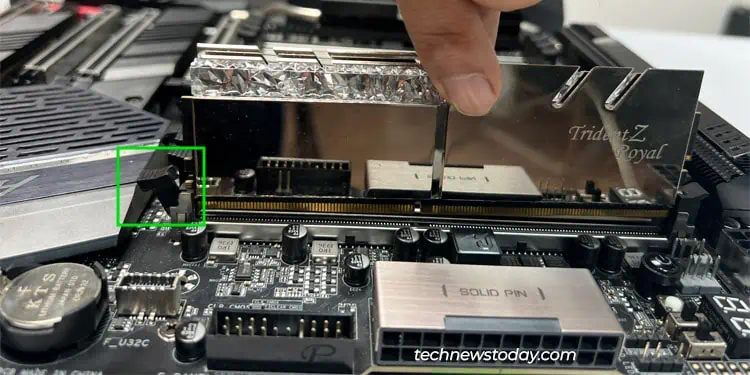
If you’ve identified your problem, skip ahead to theTroubleshootingsection for further steps.
AWARD BIOS Beep Codes
Old Gigabyte boards like the GA series use a modified AWARD BIOS. On such boards, here’s what the beep codes indicate:
Troubleshooting Using Beep Codes
As you’ve seen, different beep codes correspond to problems with different components.Restart your PCa couple of times, then move on to the appropriate section for the fixes.
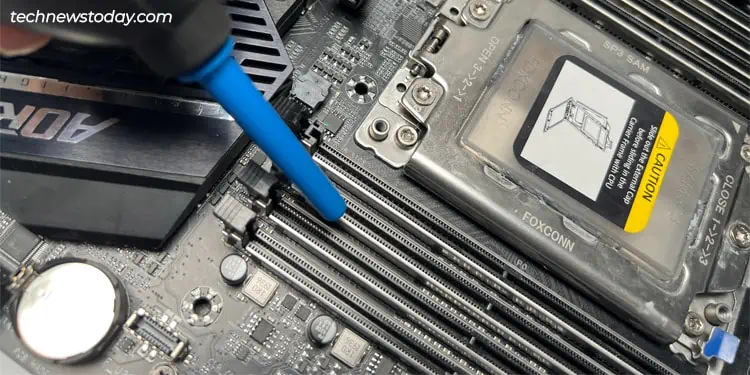
Troubleshooting the Memory
In most cases, the RAM sticks are either not installed properly or they’re damaged. To diagnose the issue,
If reseating and cleaning didn’t help,identify the faulty stickor slot like so:
